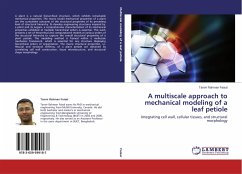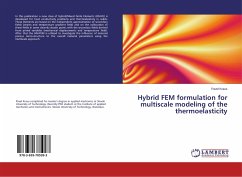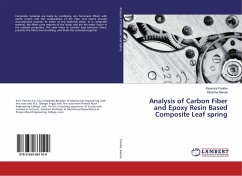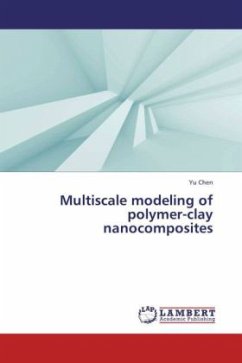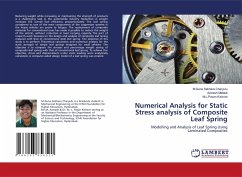A plant is a natural hierarchical structure, which exhibits remarkable mechanical properties. The macro (scale) mechanical properties of a plant are the cumulative outcome of the structural properties of its preceding level of structural hierarchy. To develop engineering structures inspired by a plant and its organs, a comprehensive characterization of its mechanical properties exhibited at multiple hierarchical orders is essential. This work presents a set of theoretical and computational models at various orders of the structural hierarchy to capture the overall structural properties of a plant petiole. The modeling method is framed within a multiscale mechanics framework, which is essential for any structure displaying hierarchical orders of organization. The macro structural properties, i.e. flexural and torsional stiffness, of a plant petiole are obtained by correlating cell wall construction, tissue microstructure, and structural shape morphology.

